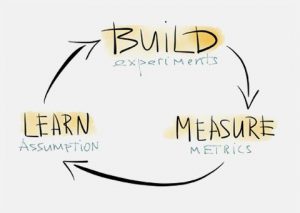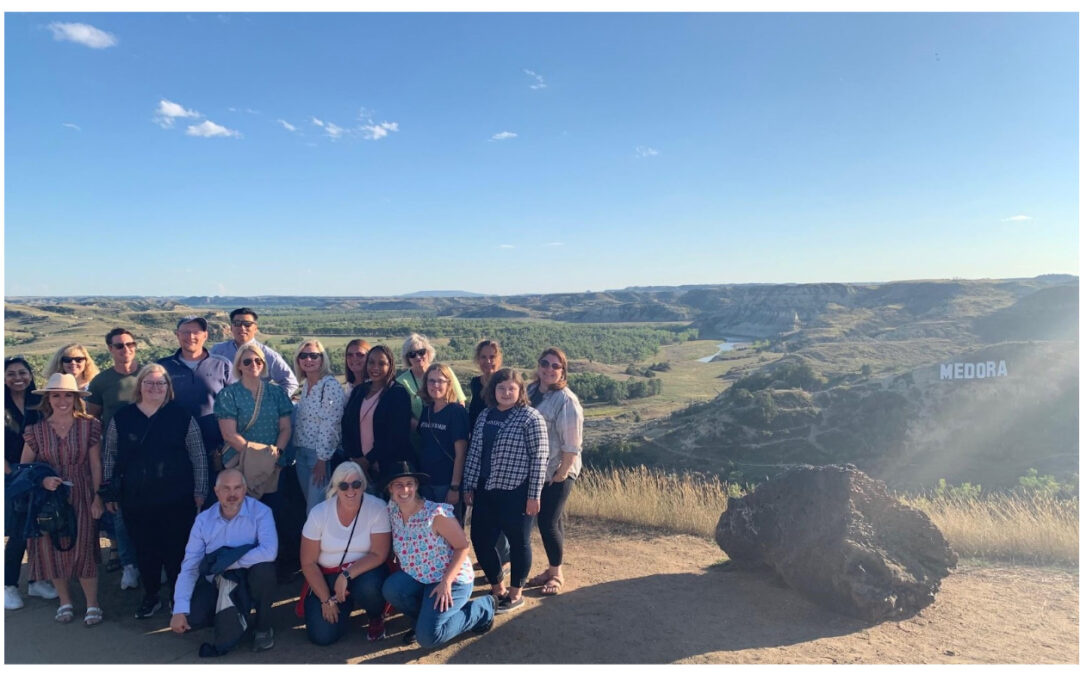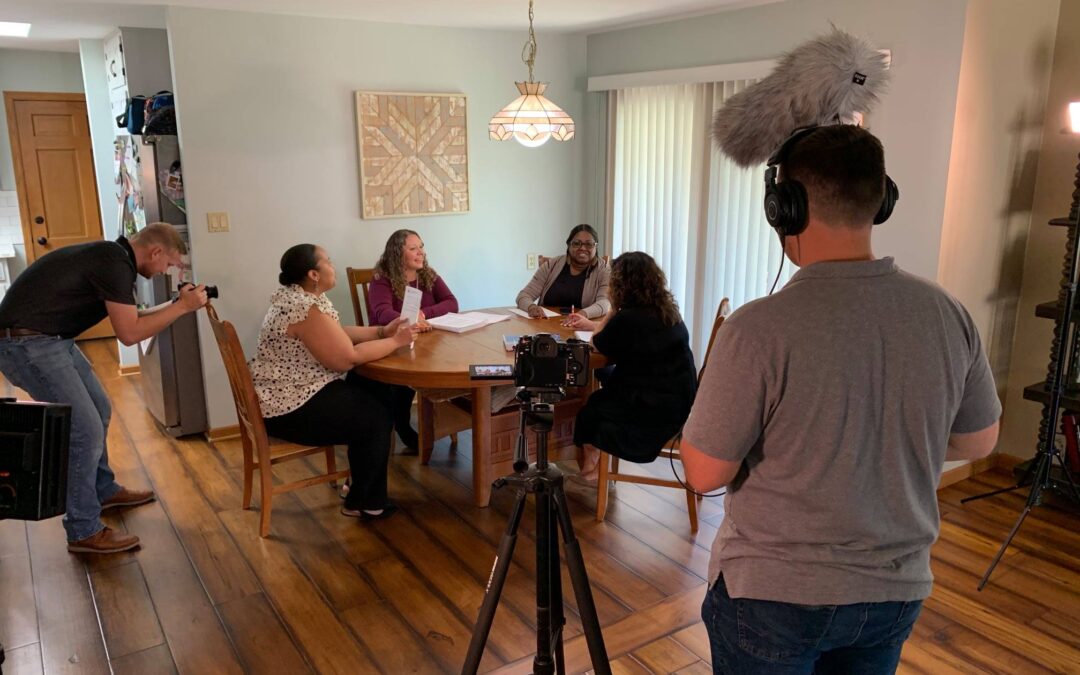All organizations go through different board life cycles. Where does your organization fall in the life cycles described below?
Stage One: The Organizing Board

Build Experiments, Measure Metrics, Learn Assumptions
Organizing boards are one of two types: those that follow a leader/founder and those that lead or control an organization. Leading boards tend to be minor, are often slow to hire staff, and are reluctant to give up their immediate organizational involvement. The transition stages for the organizing board are often marked by the following:
- financial problems
- board/staff struggles
- new board members with differing expectations and
- motivations
- less passivity to the founder/leader’s agenda
- less personal identification with the organization and its mission
Stage Two: The Governing Board
In this stage, the board assumes greater responsibility for the organization’s well-being and longevity through planning, oversight, and general accountability for the organization’s performance. Board/staff relations are better balanced, and committees are used to organize the board’s work. The transition stages for the governing board are often marked by the following:
- a greater dependence on the board for fund raising
- a desire to use the board to build greater representation in the community and more influence
- an increase in board size to accommodate these goals
- committees become more independent of the full board
Stage Three: The Institutional Board
Institutional boards tend to be very large and, while diverse, include more people who can give or provide access to funders or donors. Board membership is often more prestigious and involves movers and shakers within the community. Because of the size of the board, the governance responsibilities are generally delegated to an executive committee with greater authority for policymaking. Staff sizes are usually large, well-trained, and capable of conducting most organizational activities with little oversight from the board or executive committee.
Transform Consulting Group has experience in developing tools that will help your organization’s board of directors work together to meet your goals. If you have questions about the life cycle of a board of directors or for more resources on organizational development, don’t hesitate to contact us.
The three stages discussed here are reprinted from the National Center for Nonprofit Boards, where it was adapted from an article by Karl Mathiasen, III titled “Board Passages: Three Key Stages in a Nonprofit Board’s Life Cycle.”




